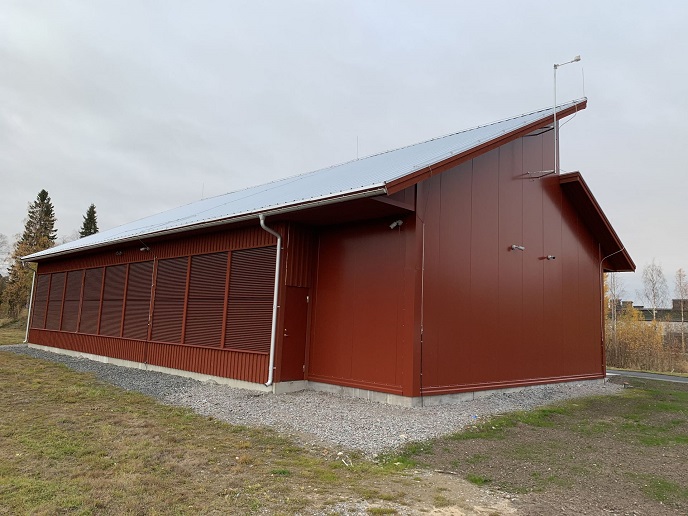On the path to green, clean and economical data centres throughout Europe
Data centres have become critical infrastructure in today’s world because they house vital assets such as networked computers, storage systems and equipment that keep all kinds of organisations running smoothly. “Despite their importance to the continuity of daily operations, data centres need to become more energy efficient, reuse waste energy such as heat and use more renewable energy sources, with a view to becoming closer to carbon neutral by 2030,” explains Tor Björn Minde, Head of ICE Datacenter Unit at RISE Research Institutes of Sweden. Most data centres consume almost as much electricity in their cooling systems as in their servers. Most data centres consume as much electricity in their cooling systems as in their servers. At a typical data centre, about 40 % of the electricity is consumed by cooling systems. The EU-funded BodenTypeDC(opens in new window) project constructed, tested and validated a data centre called Boden Type Data Center (BTDC) One that is both energy and cost efficient. It runs on renewable energy and relies on free air and evaporative cooling technologies without the need for refrigerants. It also uses low-carbon, locally sourced building materials.
Holistic approach to cooling
For data centres that use cool air, energy can be wasted by providing too much air to the IT space from the cooling equipment. Usually, air-cooled systems are controlled by providing a set temperature to the cold aisles. This consistently results in a slow response by the cooling systems to the thermal swings in the data centre that are created by large changes in the IT workload. In BTDC One, the cooling intelligently adapts to and works together with an algorithm that controls IT workloads, server fan speed and temperature in order to maximise efficiency. The project team claims BTDC One is the world’s most efficient data centre with minimal environmental impact. They have the effectiveness benchmark to back it up. Power usage effectiveness (PUE) is the industry standard metric (ISO) that describes how effective a data centre uses overhead energy over a period of one year. The lower the PUE, the greater the effectiveness, with 1.00 being the absolute highest level of effectiveness. The BTDC One has achieved a PUE of less than 1.02. Data centres in the EU have an average PUE above 1.5.
Location, location, location
Using highly innovative engineering principles, project partners built the sustainable, ultra-efficient, ultra-low-cost data centre in Boden, Sweden, close to the Arctic Circle. This location was a strategic move on their part. Over the last few years, the Nordic countries have become the go-to market for data centres. They are widely considered amongst the best places in the world to set up data resources. The region’s appeal isn’t surprising given that data centre operators are increasingly seeking colder climates to reduce their dependence on power to cool their equipment. The abundance of renewable energy in the area is another factor that makes places like Boden more suitable for such facilities and very attractive for investment. “The BTDC One solution offers a sustainable data centre building model that is energy and resource efficient throughout its life cycle. It’s cheaper to build and operate,” concludes Mr Minde. “Ultimately, the goal is to replicate the design throughout Europe, even in countries with less favourable climatic conditions, and combine this design with waste heat reuse in less remote areas.”







